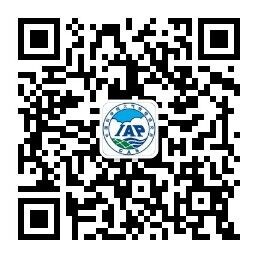报告题目:Development and application of WRF-CLM to study agriculture-climate interaction
报 告 人:Dr. Yaqiong Lu (吕雅琼)
单 位:NCAR
时 间:2018年5月8上午10:00-11:00
地 点:大气所40号楼319会议室
欢迎大家踊跃参加并讨论!
Abstract
To extend the capability of the regional climate model in studying the interaction of climate and agriculture, I coupled a version of the Community Land Model that includes crop growth and management (CLM4crop) into the Weather Research and Forecasting model (WRF) and evaluated against multiple observations. The evaluation showed that although the model with dynamic crops overestimated LAI and growing season length, interannual variability in LAI was improved relative to a model with prescribed crop LAI and growth period, which has no environmental sensitivity. Improvements in climate variables were limited by an overall model dry bias. However, with addition of an irrigation scheme, soil moisture and energy fluxes were largely improved at irrigated sites. The model has further been used to examine how loss of irrigation affects heat waves and how irrigation affects land-atmosphere coupling strength. The results showed regions experiencing strong groundwater depletion, such as the southern high plains, may suffer more and longer heat waves with reduced irrigation. Irrigation could also reduce the coupling strength in the Midwest and Northern Great Plains due to increased soil moisture but decreased local precipitation and lower sensitivity of latent heat flux to soil moisture over irrigated regions. To understand why irrigation not contribute to the local precipitation, I used a water vapor back trajectory method to track the path of the evapotranspiration from irrigated cropland. I found Water vapor from irrigated land was transported to the Midwest and U.S. Northeast where it fell as precipitation, suggesting that irrigation has a broader spatial impact on soil moisture–precipitation coupling than simply through local soil moisture–evapotranspiration coupling.






